Abinav Thakuri - Conversations with Creatives
Quick Summary
Conversations with Creatives is an ongoing interview series between myself and those that truly inspire me. This is a space for me to dig deeper into their creative journey and process to uncover more about what led them here, what pushes them forward and what they hope to achieve.
Interview #1 - Abinav Thakuri.
Abinav Thakuri is a contemplative film photographer and writer based in San Francisco.

I first became aware of Abinav's work in the Summer of 2024, right at the start of my renewed interest in film photography.
After coming across his body of work shot exclusively in black and white, I felt immediately inspired to vary my approach and reconsider my own creative choices and knew that this was someone who would have a tremendous impact on how I approach this medium.
Abinav’s work is truly special, possessing a timeless, almost ethereal quality that I find is few and far between; when I look at his output I feel like I am bearing witness to something beyond photography – they seem effortless, somehow pure.
There is breadth, too, to accompany the beauty – far from being contained to preconceived themes or subjects, Abinav’s work is constantly surprising and reveals a deep curiosity and connection to his environment, spanning nature, landscapes, urban scenes, and architectural work, exploring deeply the relationship and experience that humans have with these environments and, ultimately, themselves.
Accompanying his photography, Abinav weaves in personal writings that work together in a profound and often haunting symbiosis, poking and prodding, urging you to internally reflect and respond.
It is impossible to ignore the sincere spiritual element of Abinav’s process – it is threaded through all of his output and I wanted to know much more of how he, as a creative, balances his art and his faith.
I am truly honoured to have been able to build a friendship, albeit confined to digital realms for now, with Abinav over the past few months and equally honoured that I am able to kick start this series of interviews with him.
We cover his upbringing between Nepal and India; how photography has become a spiritual practice; explore his process and the themes guiding his work; and reflect on personal struggles, resilience and connection.
I hope you enjoy the dialogue.
You can follow Abinav on Instagram here and view his website here.
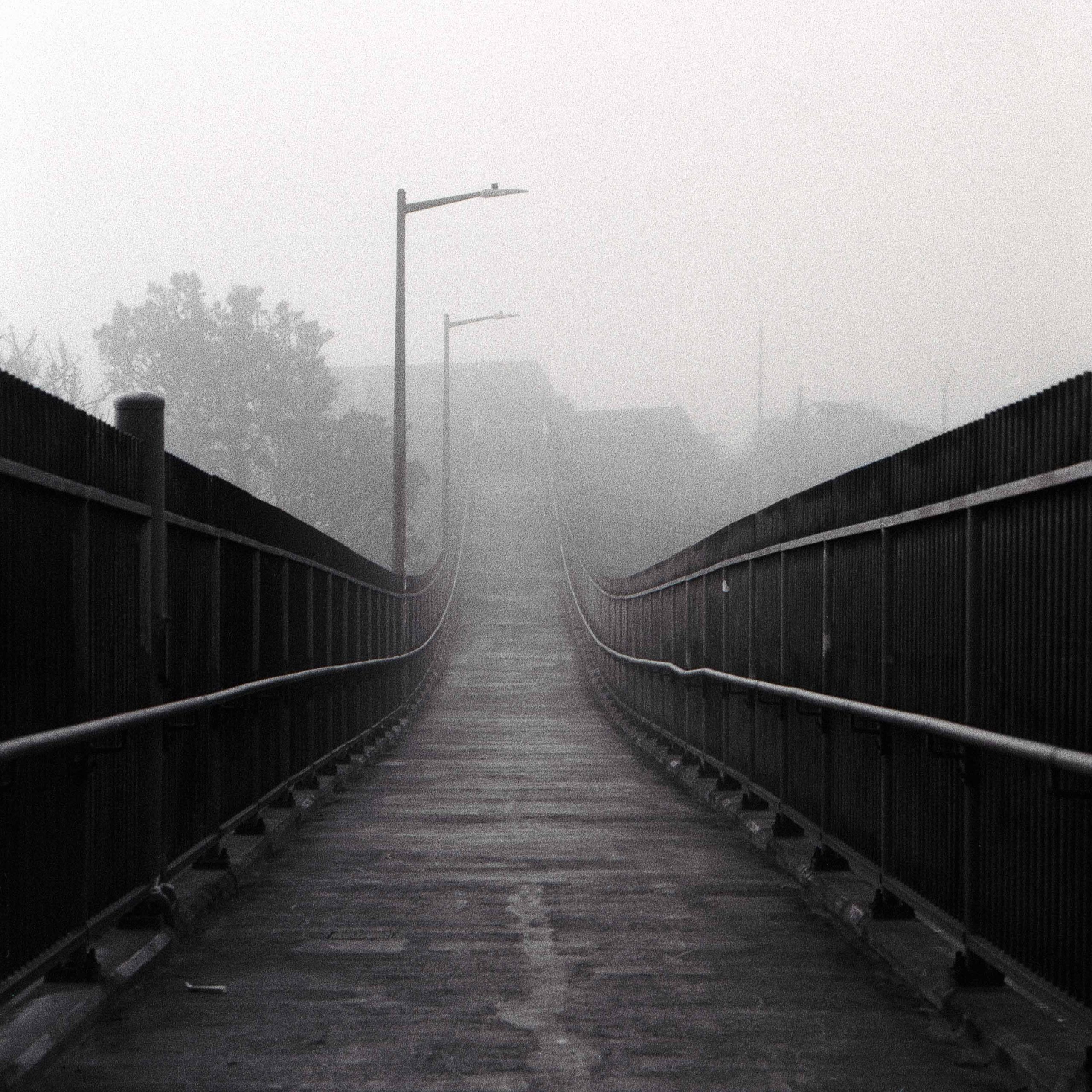
1 - In The Beginning...
I’d love to, firstly, understand more about where you grew up and your younger years. Could you give a brief sketch of your early childhood?
I was born in Kathmandu, Nepal, but my foundational years were spent in Darjeeling, India, in a village called Mirik. My grandparents raised me in their home there, a time that deeply shaped who I would become.
Later, I moved to Darjeeling town to study, living with my grandmother from my father’s side and my aunt and uncle. There was a natural rhythm to life in those hills, even with the constant movement between Nepal and India throughout my childhood and teenage years.
While those early years weren’t always easy, living with different family members in different places, I can see now how each experience was gently preparing me for the path that would eventually unfold.
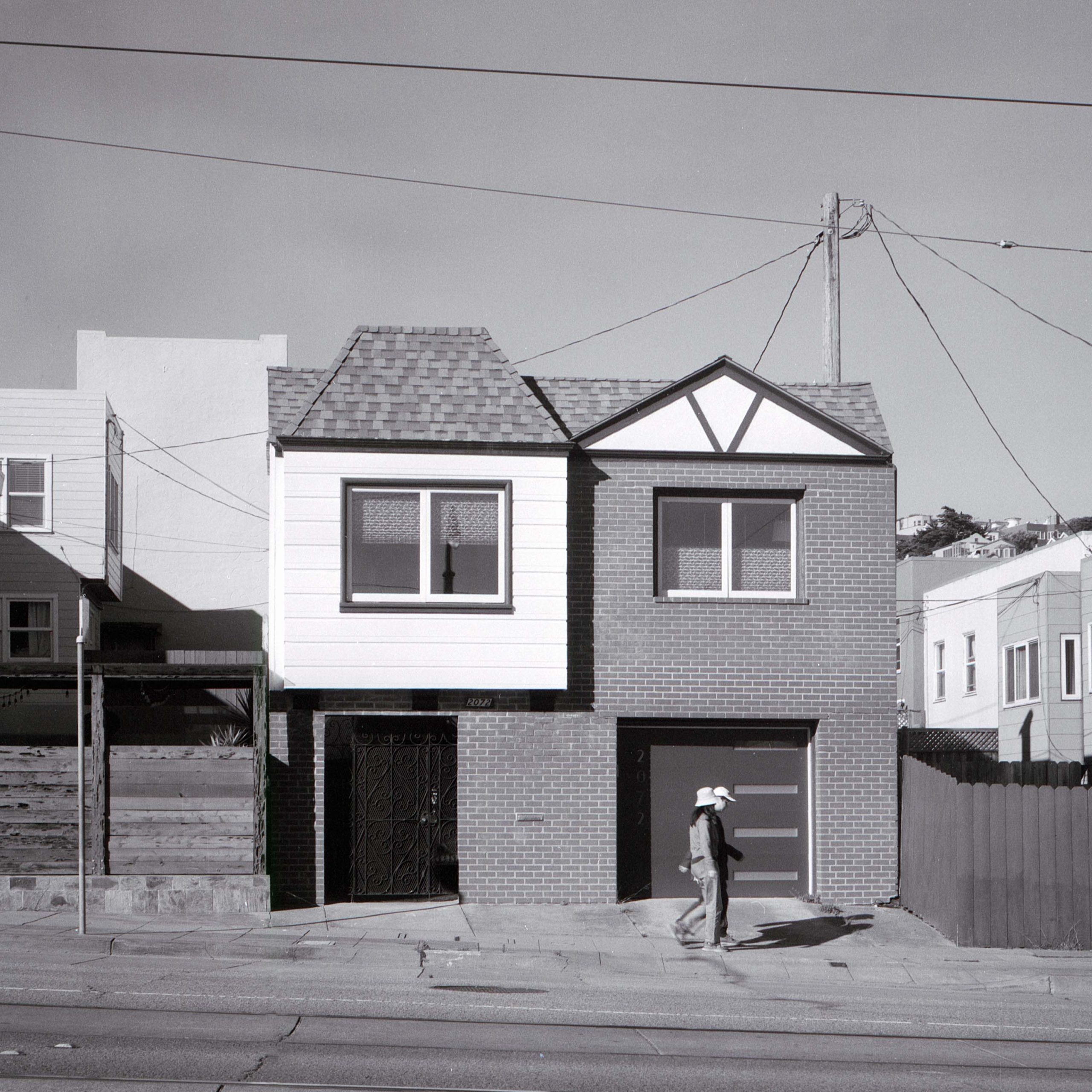
Are there remnants of these formative stages of life that you think still shape your creative vision/expression?
Growing up between Nepal and India, with all its challenges, profoundly shaped how I see the world. Those early hardships taught me something essential – that pain can be transmuted into beauty.
It’s an understanding that still informs how I approach both photography and writing today. What seemed difficult at the time was actually preparing me for this way of seeing and serving.
How did your journey with photography begin? Was there a specific moment or experience that you can remember feeling connected or drawn toward this medium?
My relationship with photography started in my younger years, playing around with my family’s point and shoot cameras.
There was something that felt so natural about it, like the camera was just an extension of myself. This early connection laid the foundation for what would later become something much deeper, though I couldn’t have known it at the time.
What drew you to film photography in particular, and how does it differ from digital photography for you on a personal and creative level?
Film photography feels like coming full circle for me. Growing up, I was surrounded by film cameras, often taking negatives to labs for my family to get developed.
Though I moved through different phases – digital cameras, iPhone photography – when I came to the U.S. and saw film was still very much alive, it felt like returning home in a way.
There was something so natural about coming back to it. The discipline of working with film creates a container that digital could never quite provide. It’s not about nostalgia – it’s about finding the right tool for this practice that’s become so much more than just photography.
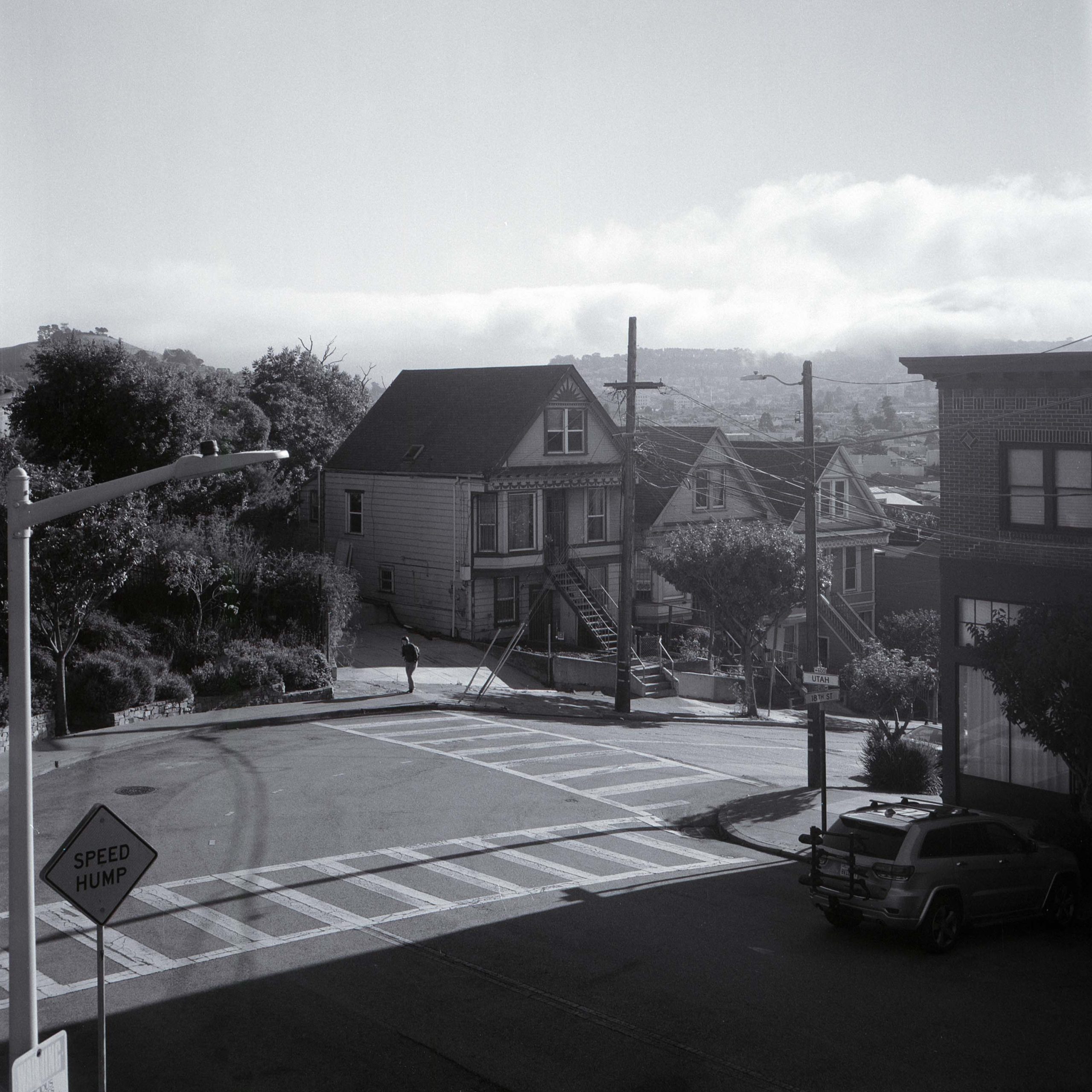
Were there any artists, photographers, or specific life experiences that initially inspired your work?
The most profound influences have been life experiences themselves. Growing up between Nepal and India, along with the hardships I faced during those early years, fundamentally shaped my way of seeing.
Later, losing my grandparents, and not being able to be with them during their passing, completely transformed my relationship with photography.
While I appreciate and look at the work of photographers past and present, my path has been more about listening to what naturally moves through me. What guides the work now comes from a different source entirely.
2 - Photography as a Spiritual Practice
On a practical level, your daily photowalks seem to be an integral part of your creative process, but I’m also interested to uncover more about how this feeds into your own spiritual expression, too.
The morning walks have become a sacred time for me. It’s beautiful how photography and spiritual practice have merged into one flowing experience.
I don’t really think about taking pictures anymore – there’s just this natural rhythm of walking, seeing, and receiving what wants to be captured.
The camera has become a bridge of sorts, helping me translate moments of grace into something tangible that can be shared.
Can you talk about the connection between these walks, your photography, and engaging in your faith/spiritual practice?
These walks have become a form of direct communion with the divine. Each step, each frame, flows as part of an ongoing conversation.
The practice isn’t separate from spiritual life anymore – they’ve become one seamless experience where I serve as a channel for whatever needs to be expressed through both image and word.
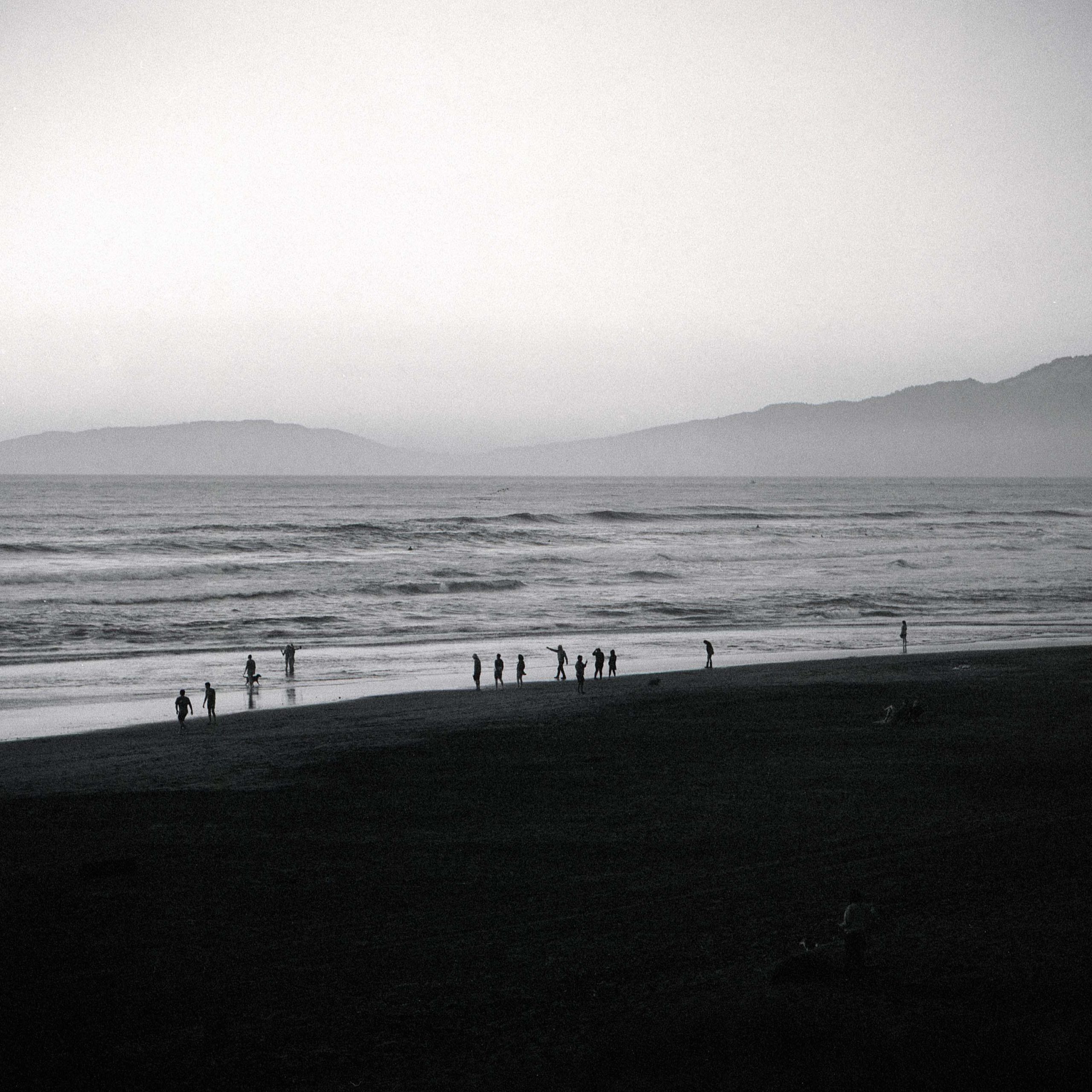
I’ve seen you describe your photography as a contemplative practice. How does this mindfulness influence the way you approach both taking a photo and reflecting on it afterward?
When I’m out there with my camera, there’s this state of complete presence where the understanding comes right in the moment.
The image and its meaning arrive together – not something I need to figure out later. It’s more like being part of a flowing conversation happening through light and shadow.
Ultimately, do you see photography as a form of meditation? If so, how does it help you connect with yourself and the world around you?
What began as photography has evolved into something far deeper – a way of being in complete communion with the present moment.
Everything flows as one continuous movement, where each image that wants to be captured comes through with its own perfect timing.
Do you ever feel that the camera presents a barrier or a blockage between you and the world around you? I’ve been reading Susan Sontag’s “On Photography” recently which has led me to reflect on this question.
No, quite the opposite actually. The camera has become a way of deepening my connection with everything around me. It’s not about capturing or taking something – it’s about being in complete communion with the moment.
When I’m out there, there’s no separation between photographer, camera, and what’s being photographed. It all becomes one flowing experience of divine grace moving through.
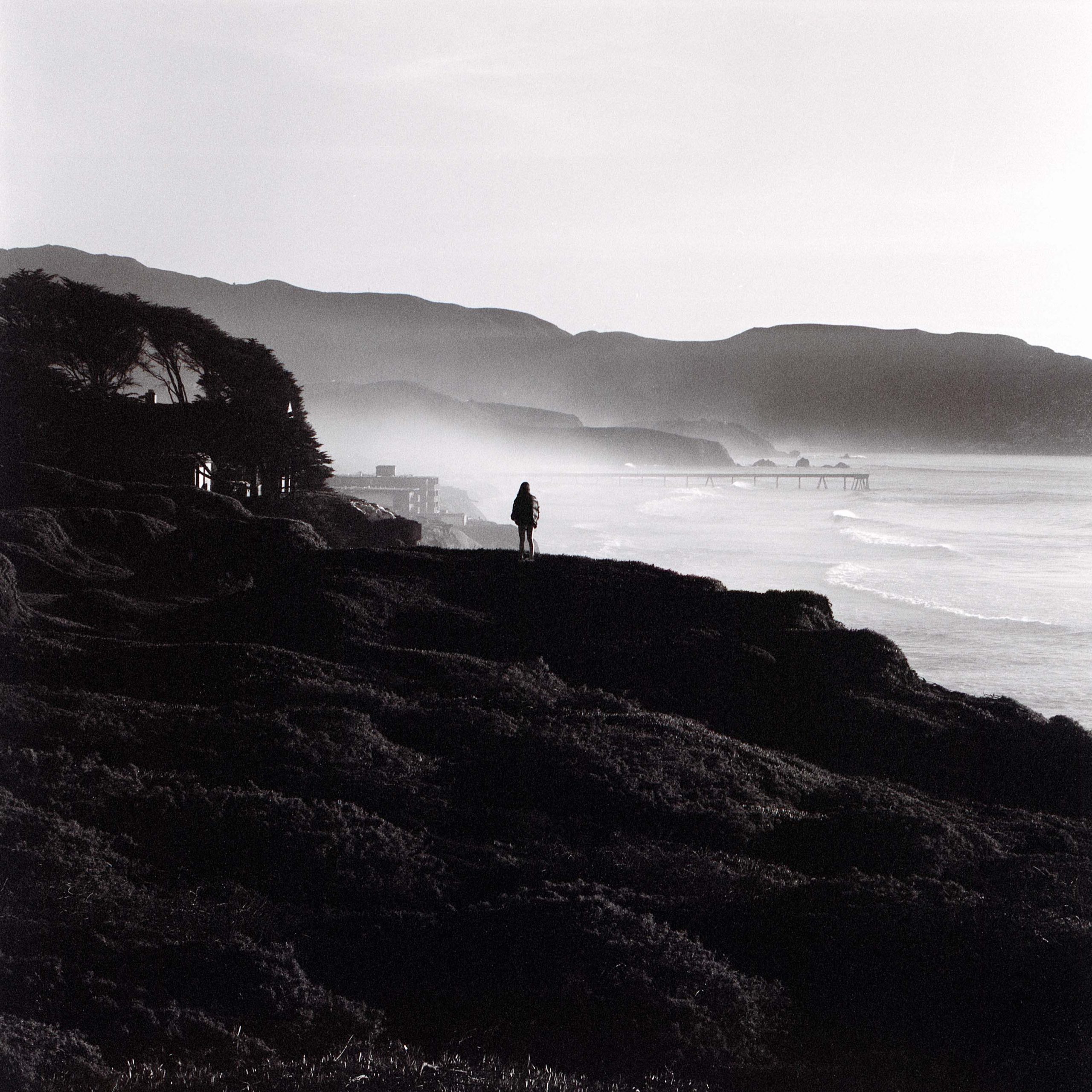
3 - Exploring the Themes at Play
Your work explores the “interplay of light and shadow” - Is there something about this interplay that resonates with you, both visually and emotionally?
Black and white photography strips everything down to this dance between light and shadow.
There’s such profound truth in that interplay – how you can’t have one without the other, how shadow helps define light and light gives meaning to shadow. It’s become a way of understanding life itself, seeing how every experience creates depth and meaning.
How do you choose your subjects or locations? Do you find that your surroundings reflect your inner state at the time of shooting? Do you feel your subjects choose you?
I don’t really choose at all. There’s this beautiful guidance that leads me exactly where I need to be.
Sometimes it’s a quiet street corner, other times it’s an open landscape. The images themselves ask to be captured – it’s more about being available to receive them than deciding what to photograph.
I have read in your own biography that you feel exploring human interaction with nature is at the core of your work. How has this theme evolved for you over time, and what do you hope people take away from it?
What began as documenting the visible relationships between people and their environment has evolved into something deeper – a way of witnessing how grace moves through both natural and built landscapes.
Through this practice, I’ve come to see how everything – nature, architecture, human presence – participates in one flowing conversation. It’s all part of our collective journey toward understanding and connection.
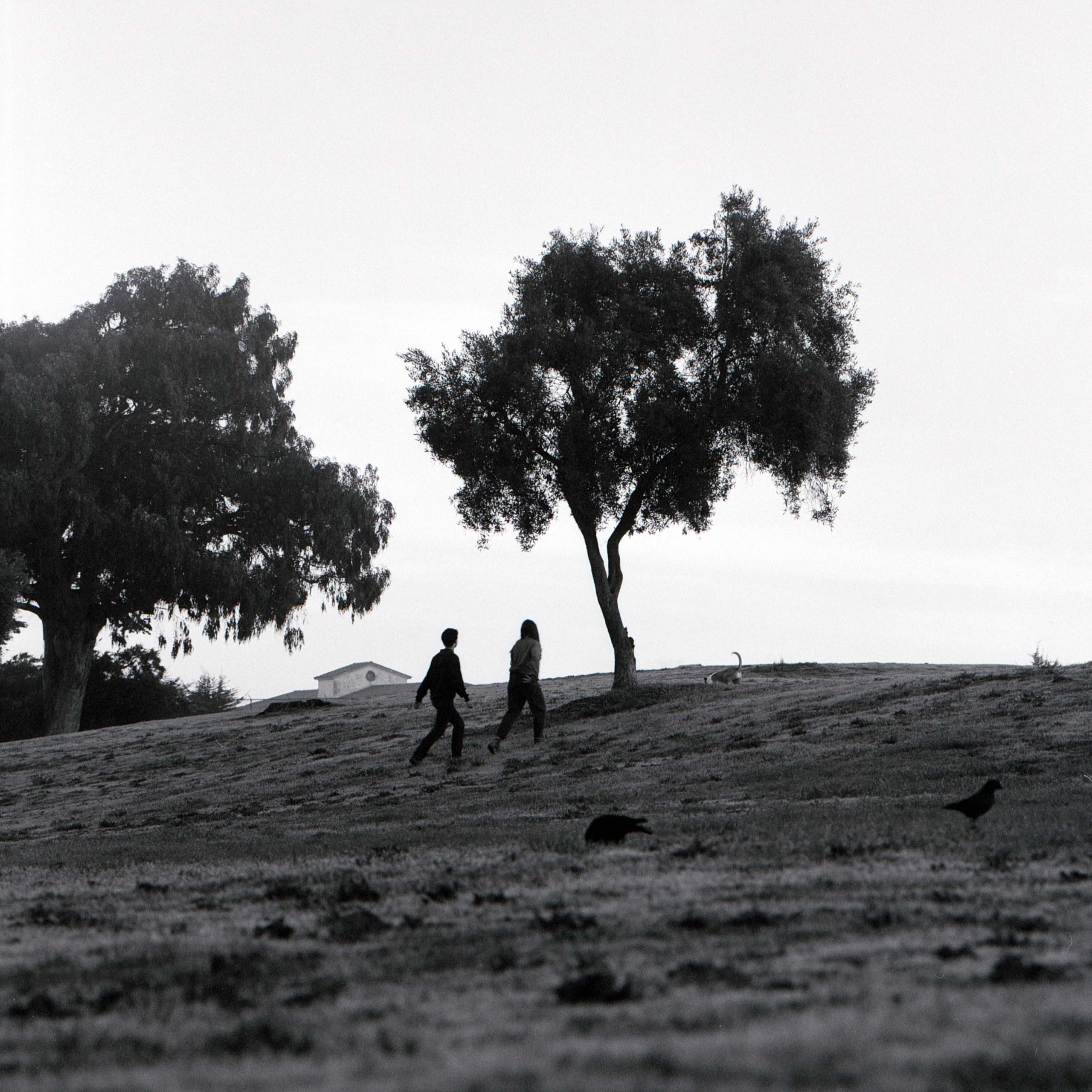
4 - Your Artistic Process
Your dedication to, and championing of, black and white film is inspiring. What do you find most rewarding about working in black and white?
Working in black and white creates a beautiful simplicity that allows truth to emerge more clearly.
Without the distraction of color, the essence of each moment becomes more apparent. It’s not about removing something from the image, but rather about creating space for deeper meaning to come through.
Do you think the absence of colour enhances your focus on any element of composition such as light, texture, mood, etc?
The absence of color creates a direct pathway to the fundamentals of seeing – the way light plays across a surface, how shadows define form, the subtle textures that might otherwise go unnoticed.
It strips away the obvious and reveals something more essential about each moment.
Do you think anything is lost in capturing in black and white? Alternatively, do you think something additional is found?
Nothing is lost – rather, something deeper is revealed. Black and white photography helps distill moments to their essence.
It’s like how poetry can sometimes express truth more clearly than prose. The limitation actually opens up new possibilities for seeing and understanding.
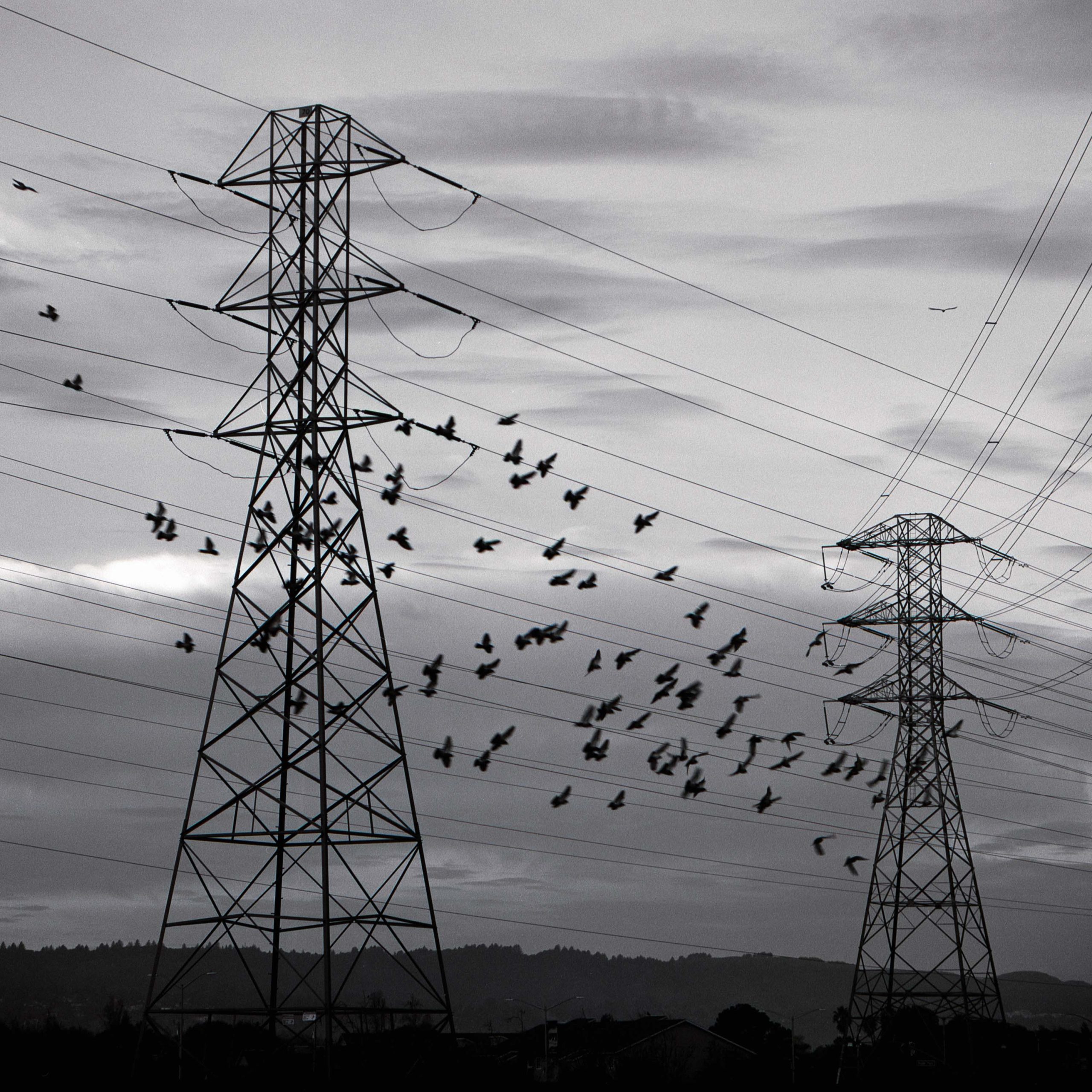
What role does patience play in your process, from choosing the right moment to shoot to developing your film?
Patience has taken on a different meaning now. It’s no longer about waiting for the right moment – it’s about surrendering to divine guidance.
When I trust this guidance completely, amazing scenes orchestrate themselves. The key lies in being patient enough to let grace work through you, to wait until you’re clearly shown what needs to be captured. It’s more about receptivity than traditional patience.
5 - Personal Struggles, Resilience, and Connection
I have previously described your writing as “haunting and personal” - often dealing with themes of real personal struggle, seeking out purpose and healing, an emergence of sorts from real darkness. Could you elaborate on how your own struggles have shaped your photography and artistic expression?
Life’s challenges have been profound teachers. Particularly losing my grandparents, and not being able to be with them during their passing, completely transformed my relationship with photography and writing.
These experiences weren’t punishment but preparation. They taught me to recognize pain in others, to offer light from a place of genuine understanding.
Can you talk a bit about your writing and photography as a dialogue? How do these two forms of expression inform each other? Do you write from photographs or photograph from writing? How do these expressions interact?
The writing and photographs come from the same source. Sometimes words arrive with an image, other times they come on their own.
I’ve learned not to question or analyze it too much. My role is simply to remain open and allow both forms to move through me in service of whatever needs to be expressed.
Do you feel that expressing this pain through your art helps engage a healing process? Has photography helped you navigate or reflect on these in a deeper way?
The practice itself has been transformative. What began as personal experience has opened into something much larger – a way of serving others through both images and words.
Every challenge has become preparation for deeper understanding and service.
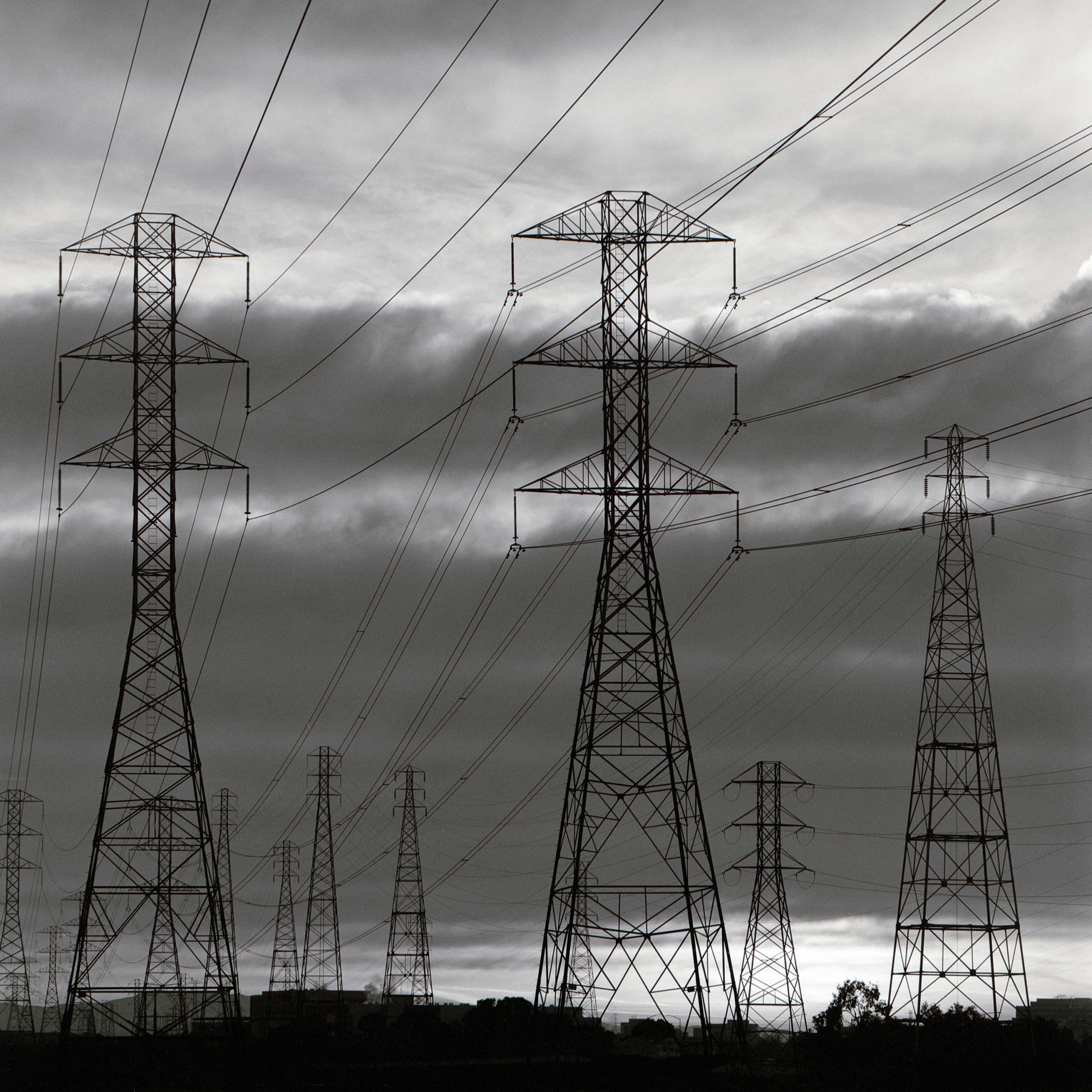
What role has photography played within the context of your journey to the US? Have you found your work has acted as a means to engage within this new community or overcome barriers faced when moving to a new environment?
Photography became my way of finding stillness in transition. Through these daily walks and moments of seeing, the Bay Area has become more than just a place – it’s woven itself into the fabric of my practice, into my way of being. These streets and hills have become intimate companions in this journey.
This practice has drawn beautiful souls into my path. Being an introvert, I find that true connection happens in those deeper spaces where hearts meet in genuine understanding.
How do you hope your work resonates with viewers on a personal or emotional level? What do you hope we take away from the experience of viewing your photography and reading your reflections?
I try not to have specific hopes about how people will receive the work. I trust that each image and word will find exactly who needs it, when they need it. The divine knows better than I do who needs what and when.
6 - The Future, Whatever That Means…
Looking back on your journey, what would you say are the most significant ways your relationship with photography has evolved?
The transformation has been profound, especially recently. What began as a simple love for photography transformed into something I never could have imagined.
Looking back, I’m in awe of how completely different my relationship with photography is now. It’s become a form of divine communion, a way of serving others through both photographs and words.
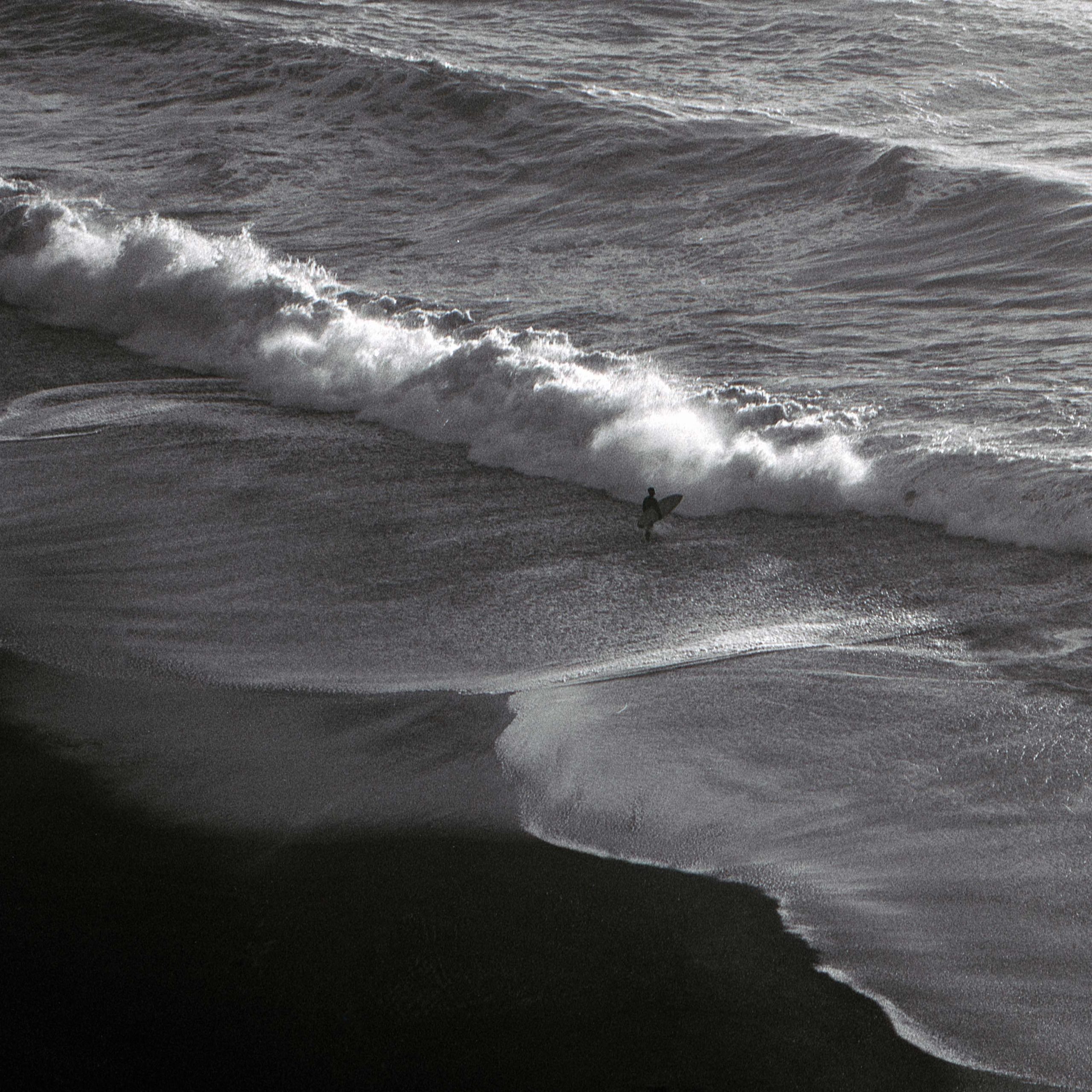
Do you have future projects or themes you’d like to explore in your photography or writing?
I don’t really plan projects anymore. I’ve learned to trust the guidance that moves through me. Each day brings what needs to be expressed. Right now, I’m working on a book that came through in the same way – not something I planned, but something I was led to share.
What advice would you give to photographers who are just beginning their own creative journeys, especially those who want to find deeper meaning in their work?
Stay true to what genuinely calls to you. Whatever practice speaks to your heart, approach it with dedication and openness. Allow it to teach you, to shape you. You might be surprised where it leads.
Fred Ostrovskis-Wilkes
I am a photographer, writer and design agency founder based in Sheffield, UK.